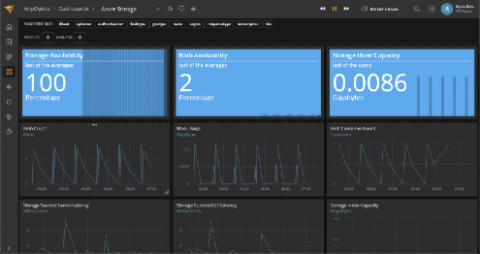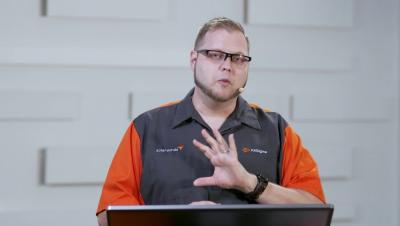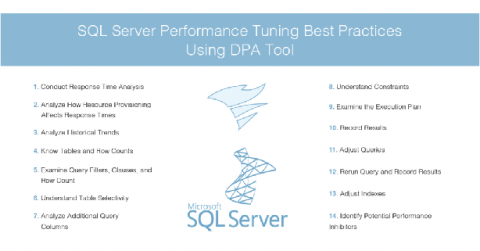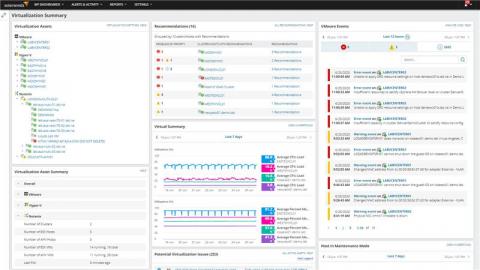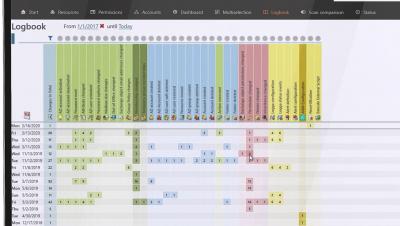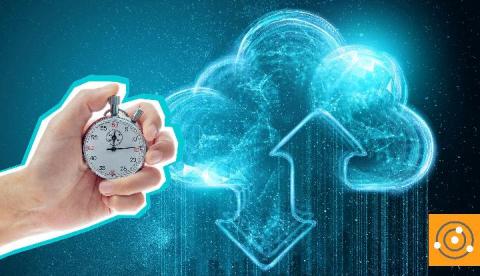SysAdmin Day 2020: Business as Usual During the "New Different"
I’m not going to even try to pretend SysAdmin Day arrives this year under conditions anyone would call “business as usual.” I’m going to avoid the cliched and empty platitudes of “the new normal,” “unprecedented times,” and “focusing on what matters.” I’m also going to avoid needlessly reminding you how much your company, coworkers, family, and friends rely on you because of your technical knowledge and expertise.










